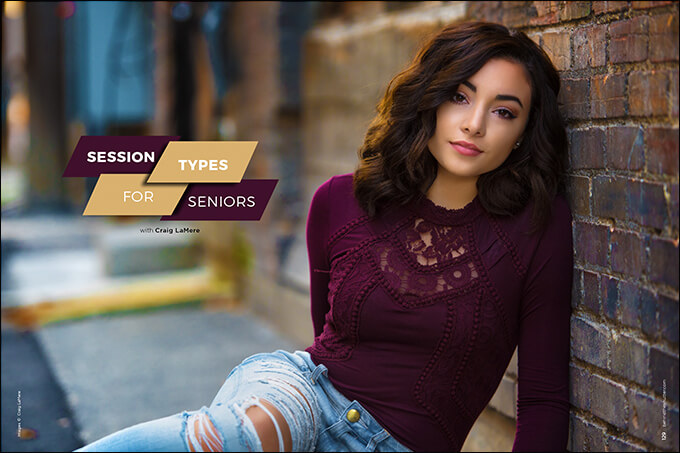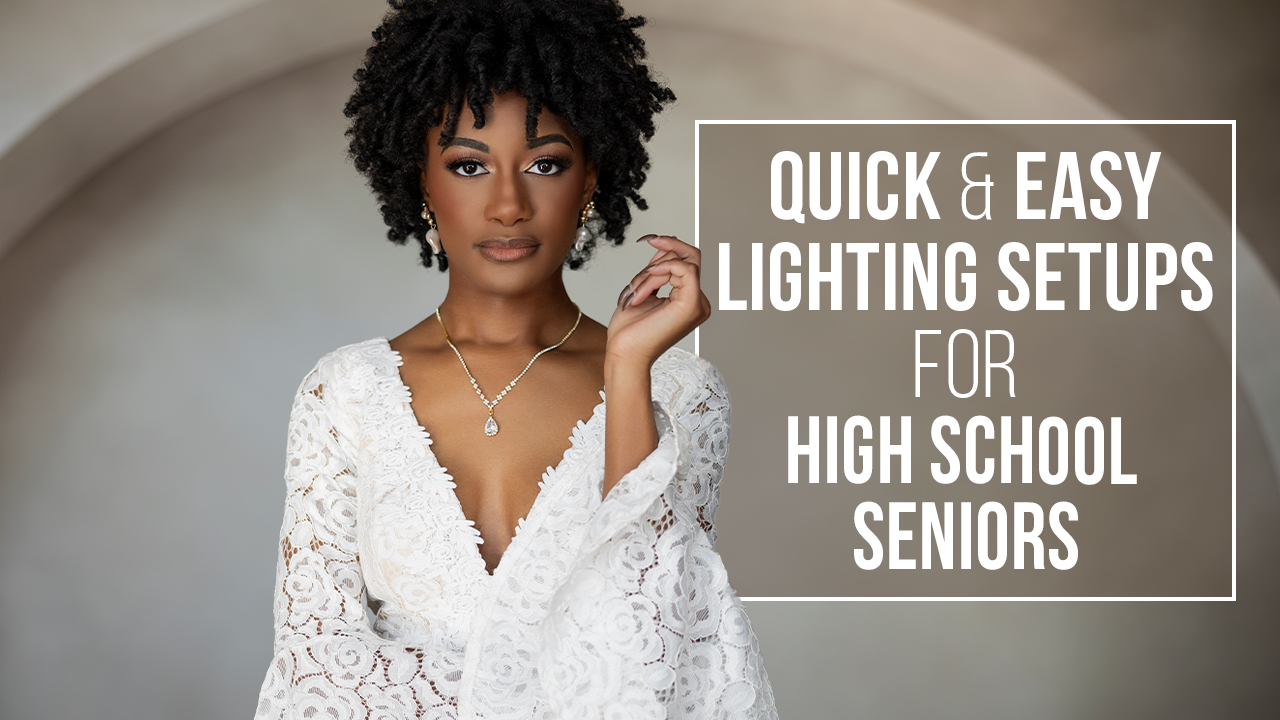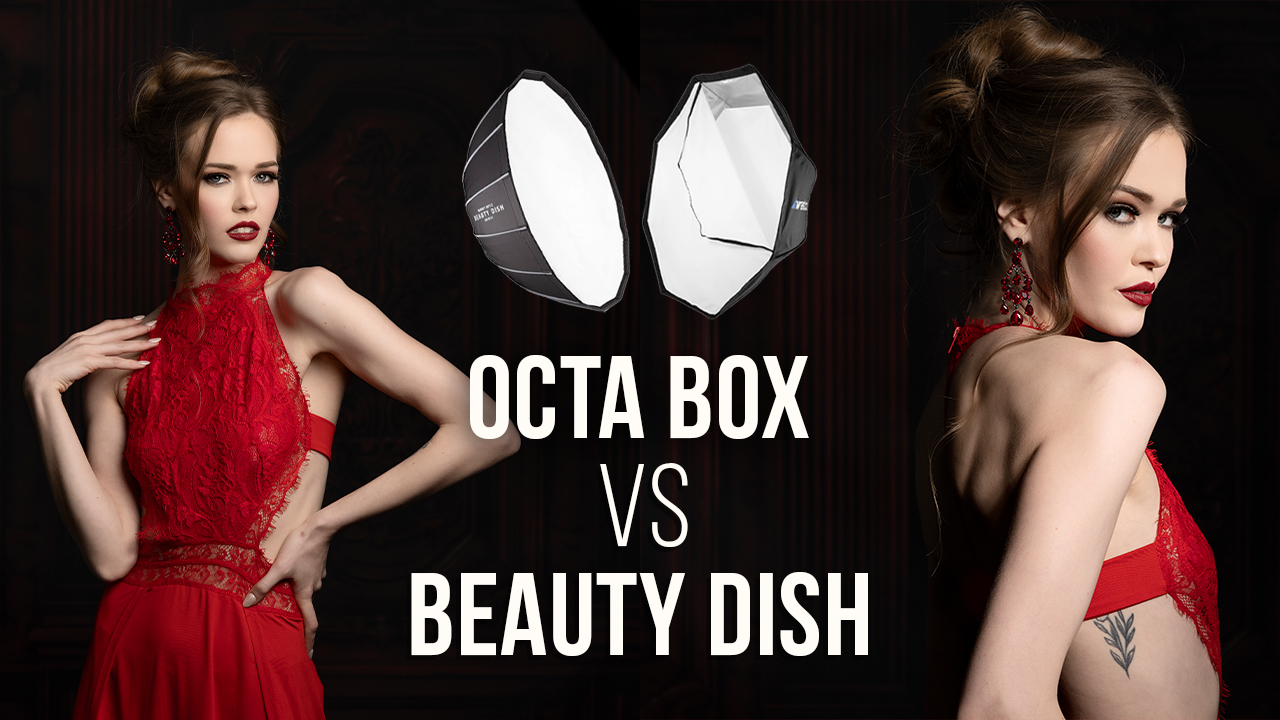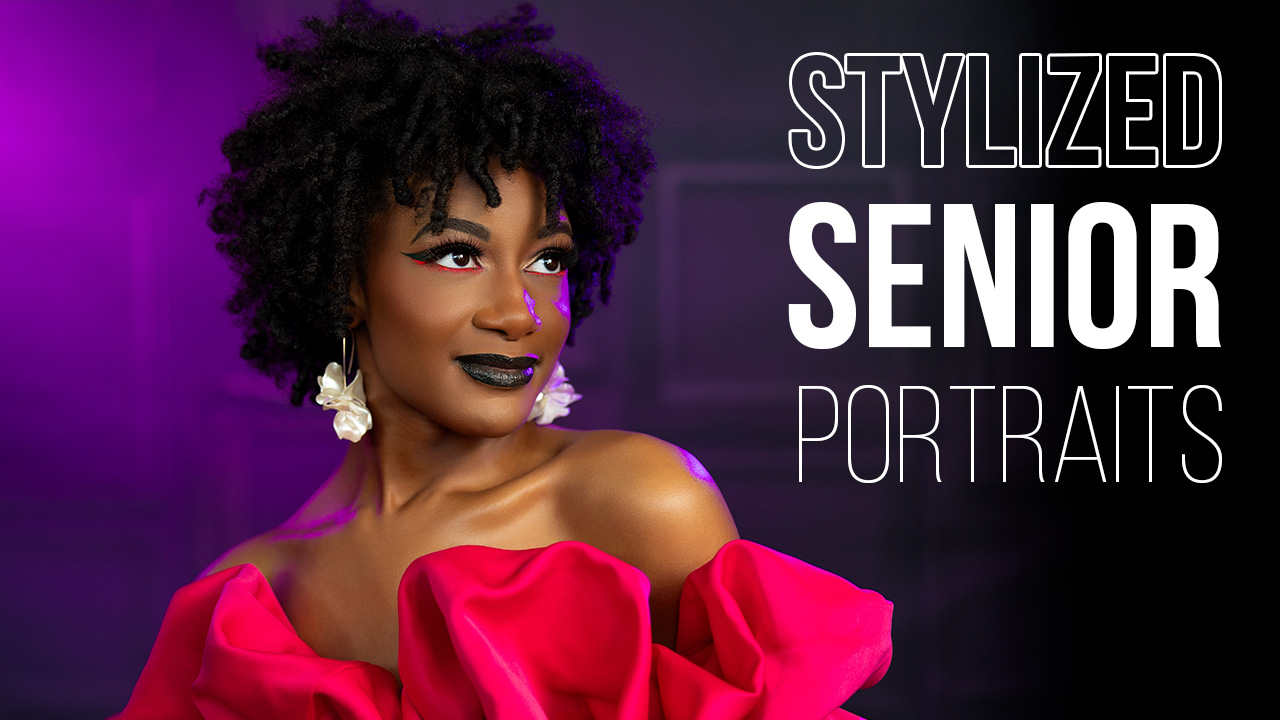Session Types for Seniors with Craig LaMere
Want more information on this article? Get access to video content and additional supporting images. Launch the March issue of the magazine by logging in or signing up for a free account by clicking here. Shutter Magazine is the industry’s leading professional photography magazine.
Before I opened my first studio, I was still coaching football and shooting out of my house, so most of my sessions were on location. That first year of shooting was all about trying to get better in hopes of making photography my living.
I remember like it was yesterday my first paying high school senior session. It was with one of the high school kids I was coaching. We had a great session, took lots and lots of images, and at the view session, his mom picked out 20 images.
I was not selling any products other than digital files on a disk. I would edit the images, burn them to a disk and head over to my client’s house to deliver the images and collect my cash. I was charging $45 for the session and a whopping $10 per image.
I had my disk in hand with the 20 images and was on my way to my client’s house. About halfway there, it hit me that I was charging $200, and felt certain there was no way they were going to pay it. So I took $50 off. Three years later when I shot their youngest son’s senior images, my clients dropped $1,900 on them.
I have had my studio open for seven years now, and, since day one, high school seniors have been a huge part of my book of business. In those seven years, seniors have changed quite a lot, but the way I shoot them, process them and structure what I sell them has changed even more. One of the great things about photography is there are a million ways to achieve results. This month, I talk about the five biggest changes in shooting styles and business philosophies I’ve experienced.
Inclusive Packages
Since I started shooting, I have gone through three types of session and package structures. The first type I tried was what I would call an all-inclusive. I had a number of set product packages, and the session was built into the package. The larger the package the client purchased, the longer the session time, product offerings and clothing changes. I had four options for my clients. The structure of the options was to drive business to the middle options. The smallest package was set to not be a good value at all. It was built to have less of a value for the time and product options you got when compared to the other options. The largest package offered the greatest value, and the largest price tag. The largest option was a very good value, but it was priced so high that not many clients would go that route. The smallest and largest packages were really just built to be bookends to the middle packages.
With the inclusive package, you are not defining the cost of the session or goods, so you have the ability to assign value to both. Inclusive sessions make it a very easy choice for the customer, as there are fewer choices for them to make.
But you are locked in to a degree. You do not have the latitude as with other session types. The biggest downside to offering inclusive packages is understanding the conversion values of products when a customer wants to do a substitution with the products or the shooting time—which, without fail, they always do. After a while of using the all-inclusive sessions, I was finding the downside: I was too locked into a system that did not give me the latitude to customize what I was offering and to make substitutions in the packages. So I decided to make a change.
Packages With Separate Session Fees
One of the things the all-inclusive clients always wanted to change, other than the products, were the session time and the clothes changes. So I decided to break the shooting times and the clothes changes out from the products. I still had product packages, but it was your choice as to how long you wanted to shoot and how many looks you wanted. I had four sessions you could buy. Each one moved up in coverage and clothes changes. Session 1 was an hour shoot on location or in the studio, and you got two clothes changes. Package 2 was a two-hour shoot, you could do half on location and half in the studio, and you got four clothes changes. Package 3 was a three-hour shoot in the studio and on location, and you got six clothes changes. Package 4 was a four-hour shoot with unlimited clothes changes.
I also added an à la carte menu. There were a couple reasons for adding it. One was to offer more products. I was very limited in products with the all-inclusive, and there were products I wanted to offer as options, but not include them in my sets since they were very specific items and not everyone would want them.
With separate session fees, I had a system that better fit my clients’ needs because I was not as rigid. The value was more definable as the session was broken out. Adding the à la carte portion gave my clients two options to choose from. They could choose one of our packages and call it a day, or they could add some products we did not offer in the packages they wanted.
I found that some of my issues from the all-inclusive carried over. One issue was the shooting time for the larger sessions. When you are shooting three and four hours, you wind up with a shitload of images. Because I was an in-person sales studio, I would show 200-plus images at the view and order session. This made for a two- to three-hour session. I also realized that I was overwhelming my clients. Instead of thinking they were able to buy 20 killer images, they left thinking they had to leave 180 images on the table that they loved.
The biggest negative with this system was the same negative I had with the all-inclusive. Even though I gave my clients à la carte options, they still wanted to do substitutions for the package products. It was at that point that I made my biggest switch.
Pick Whatever the Hell You Want—No Mess, No Fuss
After using the separate session fee system for a few years, I have moved to a completely à la carte system with one sitting fee. I don’t offer any packages. I made the change when I moved into my new studio. I wanted to reinvent the way I was doing a lot of things.
First, I decided I needed only one session. I have a shooting routine, and it is not a three- or four-hour shoot. Why sell something they don’t even want? I have no idea what I would do with a four-hour session. My sessions are about an hour and a half long, or two hours if we have to do studio stuff with the location shoot. We move really fast. The shoots are guerilla style these days. My seniors, especially the guy seniors, love the pace. We get in, we get out and we are off to the next place.
As far as clothes changes go, whereas in the past I had limited the number of outfits, today it is unlimited. I tell my clients to bring at least five clothes changes and more if they like, and we will shoot as many of them as we can in the time we have. Because I mostly sell books and albums, it makes no sense to limit the looks. I tell guys they can just change a T-shirt or shorts so they don’t freak out on the outfits. Girls can come up with five looks without blinking. Because of the fast pace, I’m able to get to five locations with five outfits in the new session time.
As far as products go, I have about everything under the sun. We offer paper prints, canvas, acrylics, metals, books, folios, albums, standouts and even the dreaded digital files. We have so many options, I felt it was much better to go to an à la carte system where clients could choose exactly what they want and spend as much or as little as they desire. And, finally, no substitutions.
While I can’t think of a lot of negatives with the system, one is getting past clients used to the new anti-package system. When people think of getting a package, they think big savings because they are buying in bulk, and à la carte carries the stigma of having to pay more.
Want more information on this article? Get access to video content and additional supporting images. Launch the March issue of the magazine by logging in or signing up for a free account by clicking here. Shutter Magazine is the industry’s leading professional photography magazine.





